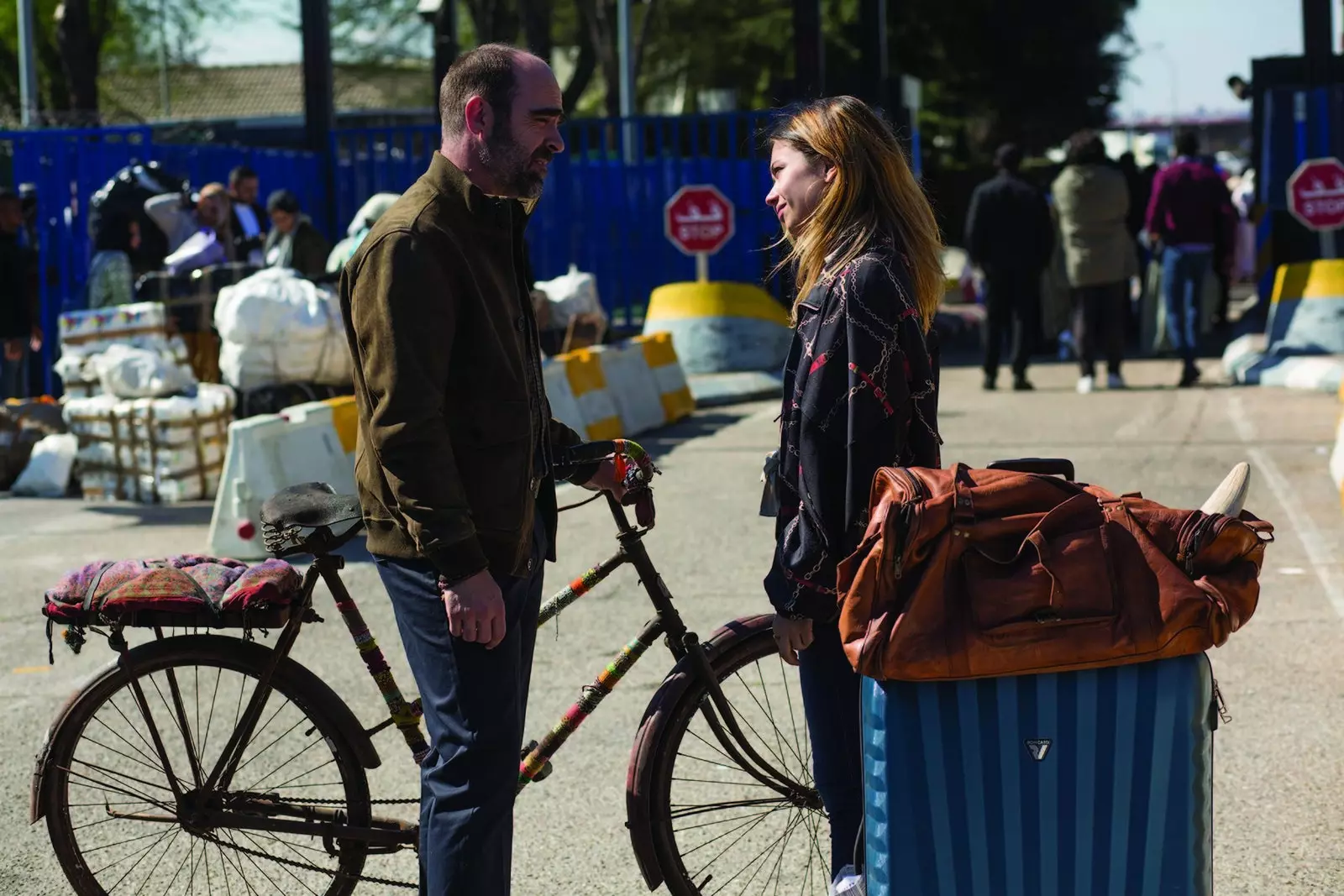
Luis Tosar and Anna Castillo in Adú.
The African continent continues to be a booming tourist destination. Visitor growth remains stable. According to the World Tourism Organization (UNWTO), 67 million tourists arrived in Africa in 2019, leaving 38 billion dollars, that is, 7% more than the previous year, in which it had already increased by 8.6% compared to 2017. Data and trends that translate into a curiosity that expands and diversifies beyond the usual countries for honeymoons (Tanzania) or weekend getaways ( Morocco) or adventure (Kenya, South Africa). Africa is fashionable and also in the cinema.
West Africa is among these new destinations, countries like Ivory Coast or Togo, have enough stability and security to welcome seasoned travelers. Benin is another of those destinations. Known as The Key to Africa Due to its shape, despite its poverty (it ranks 163 out of 189 countries in the United Nations human development index), it is recognized for its hospitality, warmth and its great geographical, landscape and cultural diversity. It is an anthropological adventure that goes from the palm groves of the coast to the northernmost jungle and savannah or its desert and rocky valleys. Attractive for the dark tourist as the cradle of voodoo.
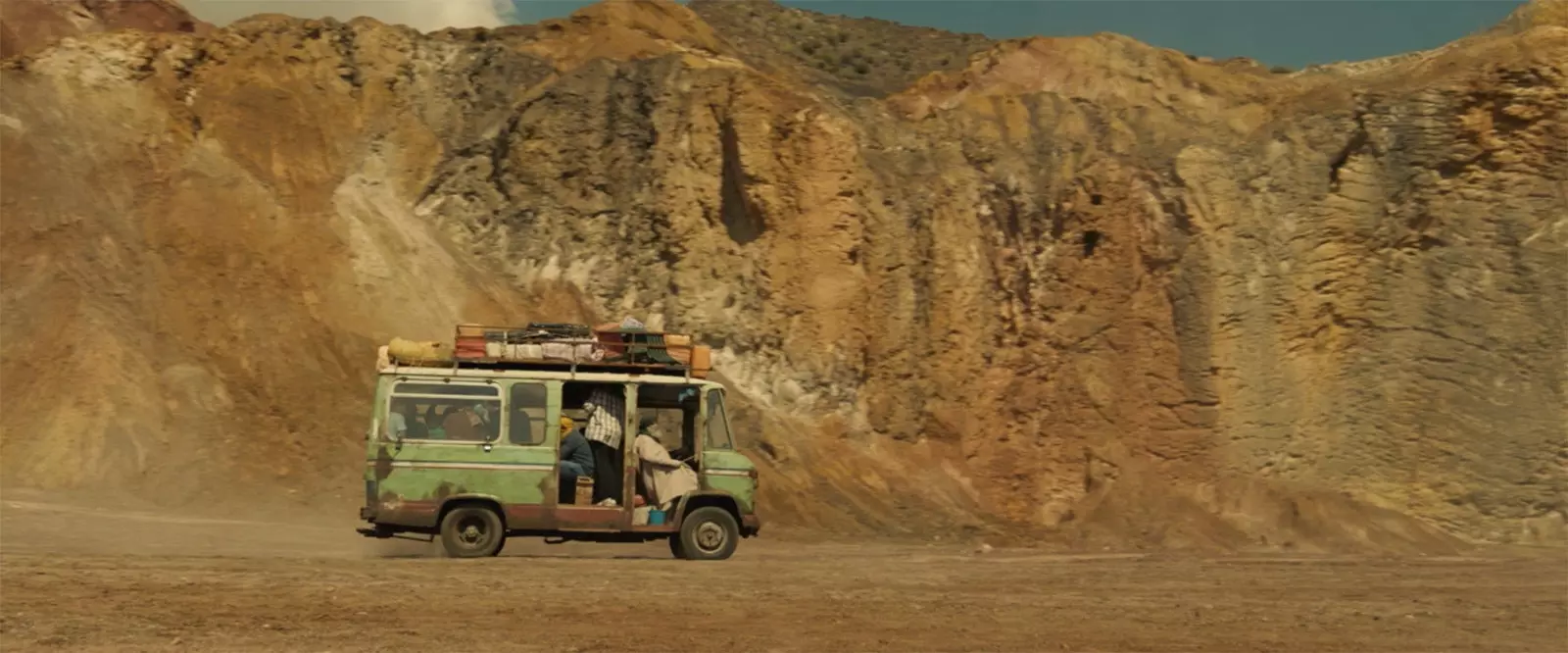
Somewhere in Africa.
Precisely, this diversity was the key so that the shooting of the Spanish film Adú, by Salvador Calvo, with Luis Tosar and Anna Castillo (premiere January 31), I ended up in this country that if it is usually forgotten by tourists, it had never been stepped on by the cinema.
“Adú are three stories”, he tells us Edmon Roch, producer of the film. “The main one is that of the boy who gives the film its name, Adú, a six-year-old boy from Cameroon who, at a certain moment, accidentally witnesses an elephant slaughter and has to run away. The poachers discover him, they go to his town, they kill his mother and he only has to escape with the idea of going to Madrid because his father left there. He goes out with his sister from Cameroon to Senegal, on foot he crosses Mauritania and Morocco until he reaches the Melilla fence”. The second story takes place on that fence in Melilla, starring a group of civil guards. And the third is that of an NGO worker who has a conflictive daughter (Luis Tosar and Anna Castillo) and takes her to Africa with him to protect the elephants from poachers.
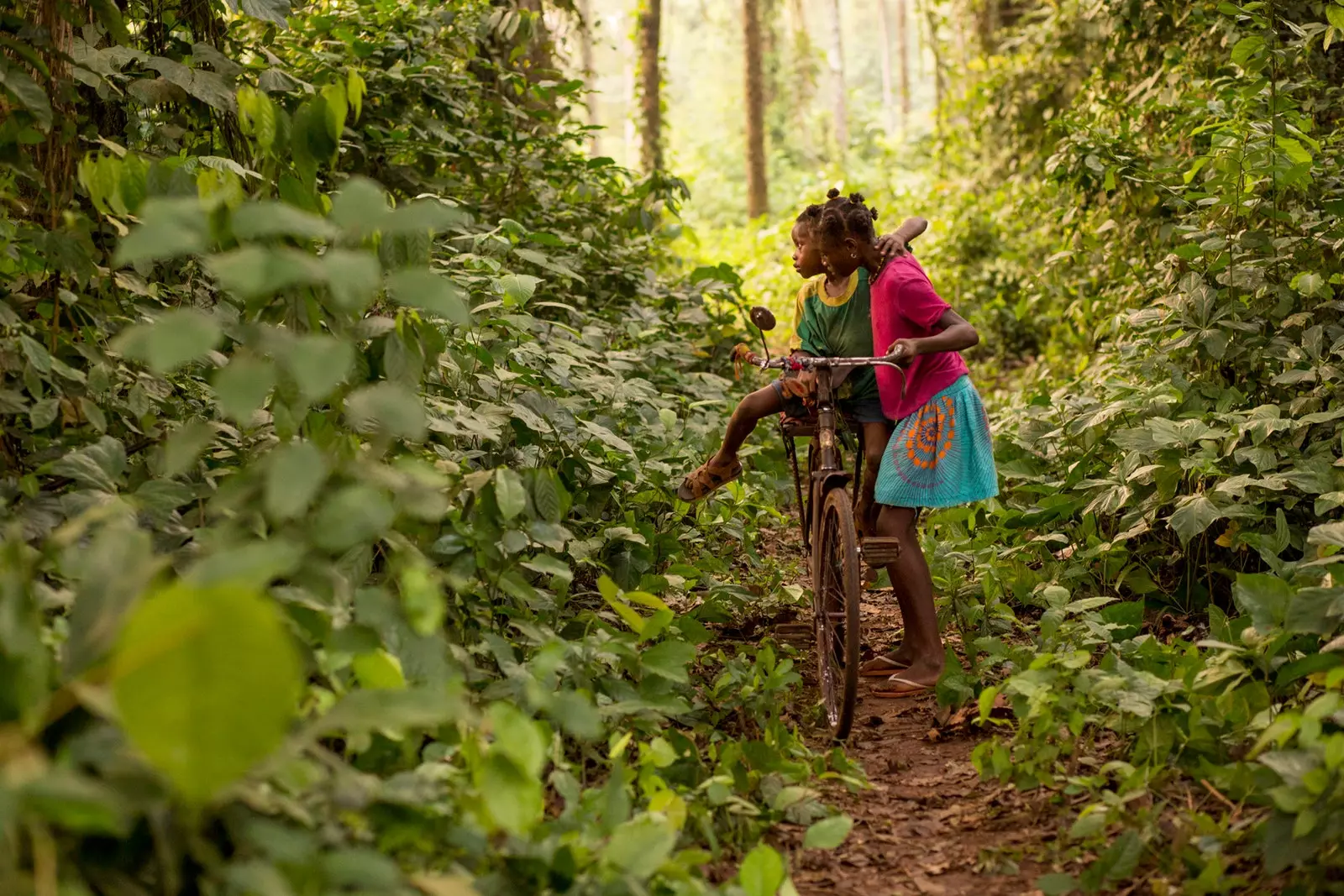
The Beninese protagonists of 'Adú'.
Although the three stories advance separately, they will cross paths throughout that long road through Africa that they travel. However, in practice it was impossible to shoot in all those countries. "We had to find an African country that would bring together the variety of geography and landscape that we needed to show," says Roch, who already had experience shooting on the African continent in films such as Sara's Notebook (filmed in Ugadna) or The Journey of Marta (who took him to Senegal).
They began by combing countries they did not know. “We considered Senegal, we were in Ghana, in the Ivory Coast, also in Cameroon and Nigeria, but here we did not have the logistics or the security to do this,” he recalls.
Finally, one of the actresses from Sara's notebook, a Beninese, told them about her country, of which they already knew something thanks to the director Santiago Zannou, also from Benin. "After seeing all those countries, we arrived in Benin and when we arrived we said 'bingo': we have found the country that has the geography to make this tour, make it pass through Cameroon, Senegal, Mauritania. It has elephants, it has a coast, it has jungle, jungle, arid and desert areas, wild vegetation, big cities…”.
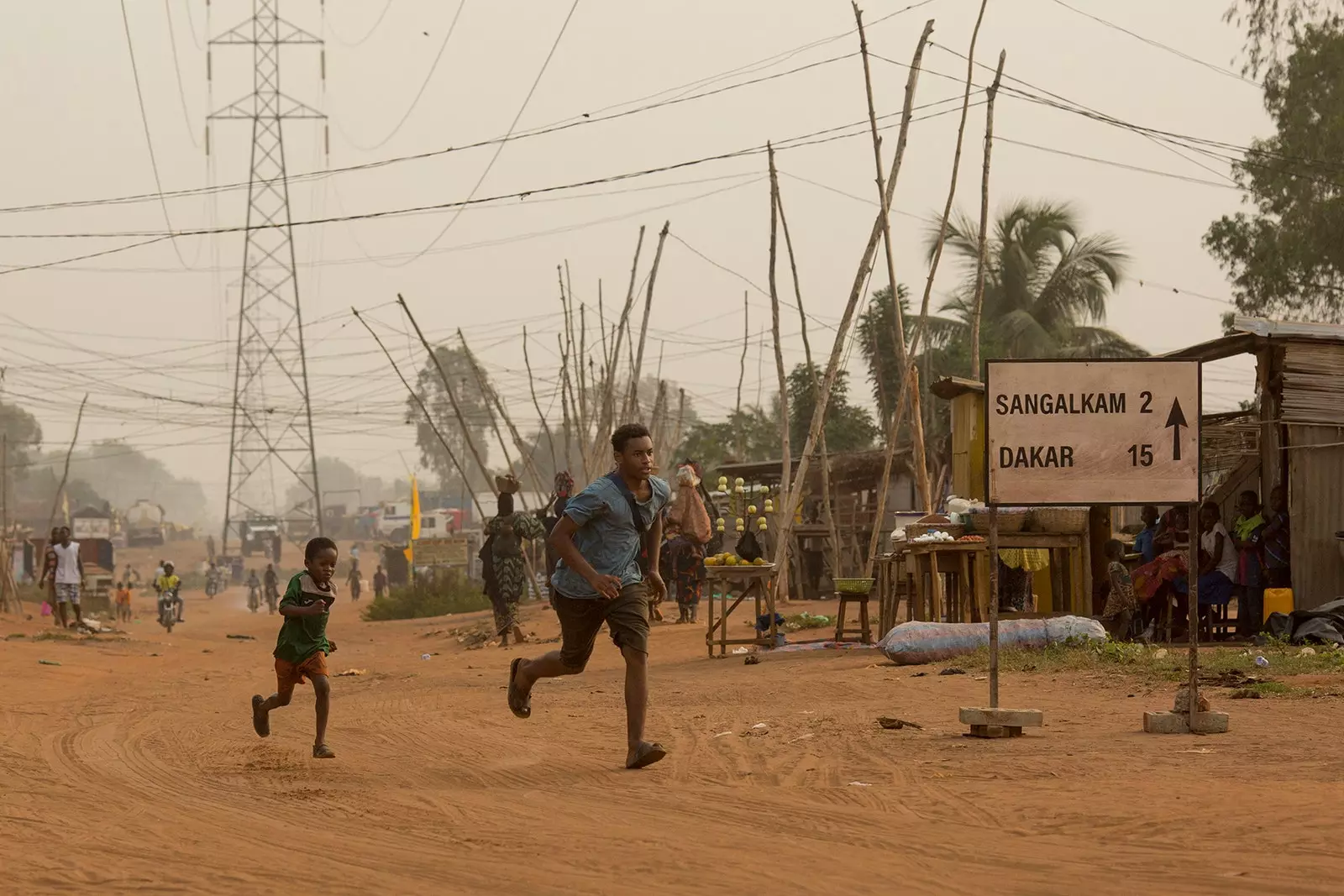
Benin as if it were Cameroon.
They used the capital Porto Novo and the economic and political capital Cotonou as operation centers and in them and their surroundings they located a large part of the scenes. they made it happen the streets of Porto Novo by those of Yaoundé (Cameroon) or those of Nouakchott (Mauritania). In Cotonou they found corners that pass for Dakar, for a gas station in Senegal or for the Cameroonian airport and market.
VOODOO CAPITAL
"The main tourism that arrives in Benin is local, there is a lot of circulation from Togo, Nigeria... but still little Western tourism," says Edmon Roch. And the little that does arrive, in fact, is attracted by the voodoo traditions of the country, they enter the tribes and manage to sneak into the most picturesque ceremonies. One of the most incredible places to see them is Ganvié, the so-called African Venice , which also appears in Adú. A city of stilt houses built on Lake Nokoué since the slave times, of the 17th century, since the Tofi ethnic group took refuge here knowing that their enemies would not enter the sacred water to look for them.
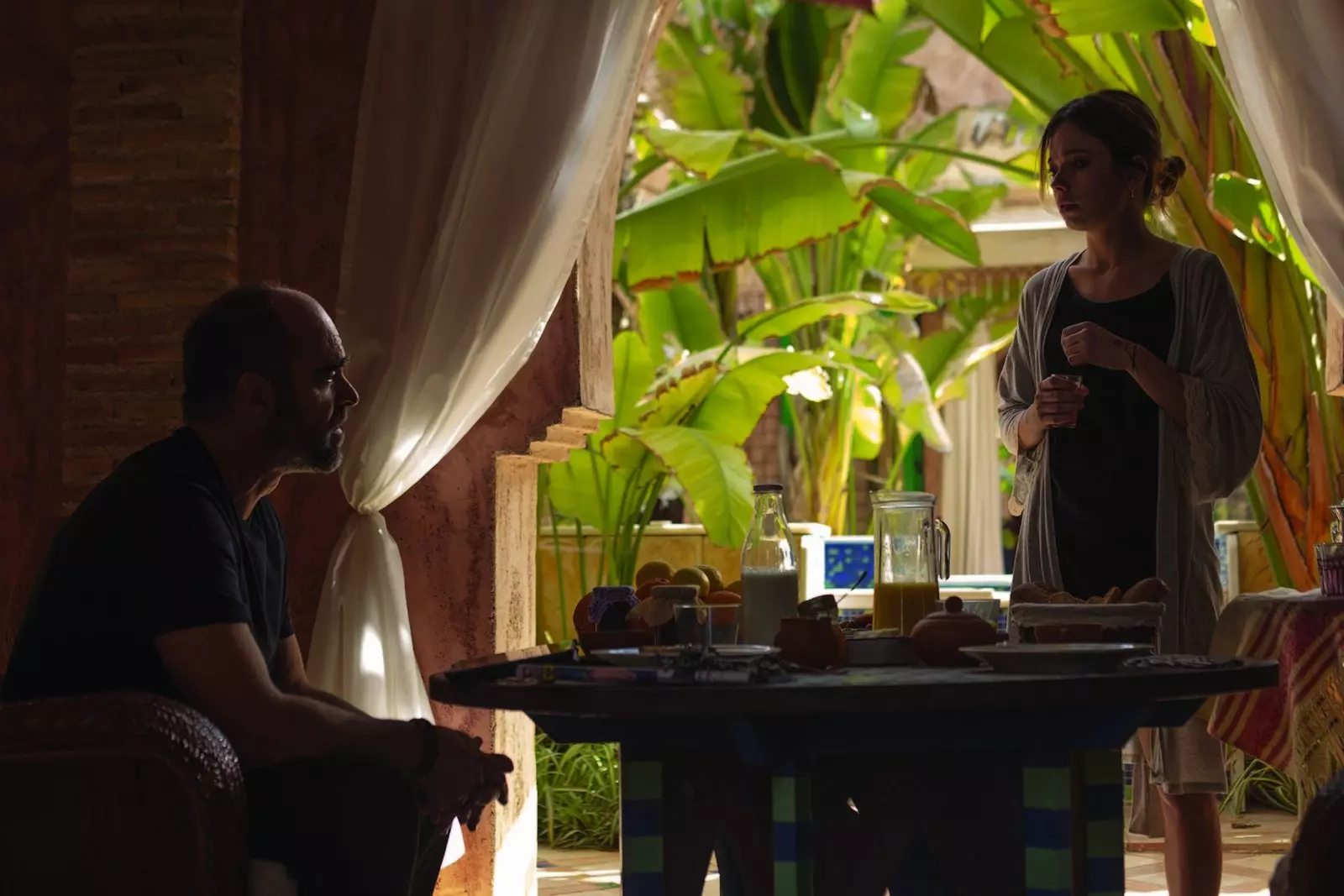
Tosar and Castillo, father and daughter in the film.
Neither tourists nor cinema. Benin had also seen nothing but filming of home productions. “Adú is the first international production to be shot in the country”, Roche says. "So at a technical level they had nothing, no camera providers, no lights, no prepared people, no catering equipment... We brought all the team leaders from Spain, we moved in a while before to train local people that they were ready for when filming began.”
The film also takes us to Ouidah, a city known for its slave past. there is the call door of no return through which the slaves left and were shipped to the New World. And, of course, the whole plot of the elephants and the poachers was shot in the Penjari National Park, to the north of the country, a must-see in Benin, although now the Spanish Ministry of Foreign Affairs recommends extreme security precautions throughout that border area.
